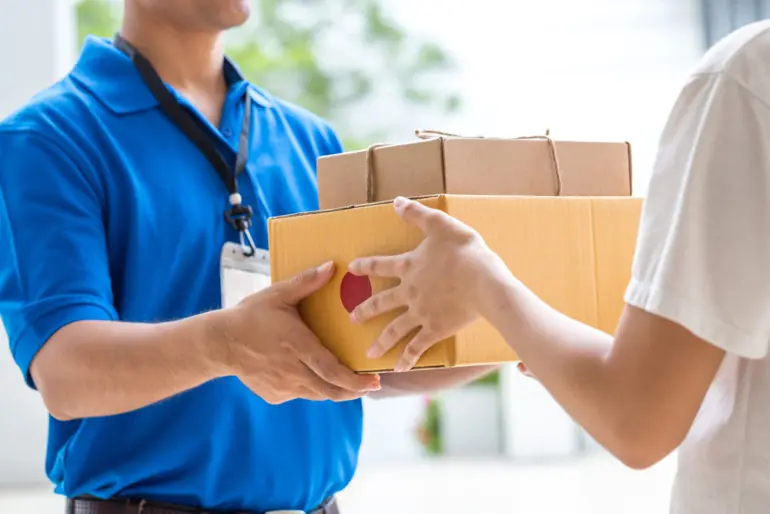Both companies and customers are embracing the e-Commerce market at an increasing rate.
In the UK, online retail sales exceeded £130 billion in 2016 – a 16 per cent increase on 2015 according to an e-Retail Sales Index.Cap Gemini said the catalyst for this surge was sales made on smartphones, which were up 47 per cent year-on-year in 2016.On the flip side, at least £5,300 in lifetime value of a customer is lost whenever a customer defects to another site due to delivery qualms, according to ParcelHero. One fifth of shopping baskets are abandoned due to unsatisfactory delivery options according to the distribution company Descartes. In other words, the average online company could improve sales substantially if they improved their delivery options.Furthermore, research from Ecommerce Nation found that 37 per cent of online shoppers, if dissatisfied with a delivery experience, will never use the same online retailer again. An even greater proportion – 55 per cent – will abandon the retailer if they have problems with their parcel delivery.
So what does an e-commerce business need to do?
What delivery options can really make a difference to online sales? Customers require more timely deliveries – same day delivery is the ultimate. They also want more precise deliveries, for example 1 hour delivery slots – it is no longer good enough to expect customers to wait in for a delivery that could come any time in an 8-hour window. This means that retailers with a reliable and convenient delivery service can then gain a significant edge over the competition. Three quarters of people are more likely to reuse an online retailer if they are happy with the delivery – the most important factor – according to E-Marketer. However, with more and more people looking for immediacy as well as reliability, this standard is constantly increasing. Some 55 per cent of people want same-day delivery, E-Marketer found.As most businesses rely on external courier services to fulfill customer orders, the delivery process can be far-removed from the control of retailers. Your business may have great staff, superb customer service, and an efficient system to get the goods out of the warehouse, but pass your brand to a delivery company to look after, and you can’t always guarantee they’ll do it justice. This is why some courier services are now seeking solutions to this challenge. New companies are offering retailers a professional workforce of couriers for hire – something they believe caters to the flexible, on-demand delivery service that consumers are growing accustomed to.I believe that a same-day on-demand courier service offers the most viable solution. By allowing clients to choose their own fleet of vetted couriers – on demand, when they need it – we give companies genuine control of their delivery services.While the same-day delivery market is largely dominated by retail giants like Amazon, smaller firms such as Street Stream believe they can thrive through offering a superior on-demand courier service.Other players include the Taxi app Gett, which last year added £6 couriers to its on-demand London taxi service, and Stuart, a French-backed service launched in September which hopes to impress with its one-hour delivery service. Almost three quarters of consumers would spend more if they were offered same-day delivery, according to Stuart’s own research.The rise of these new services has likely contributed to the a 7 per cent average monthly vacancy rise increase in the UK’s logistics jobs market since April 2016.If you are serious about increasing your online sales, then it’s worth looking at all the aspects of your delivery service, to identify anything that may be putting customers off. For example, is it timing, cost, speed, lack of specific delivery time-slots, or are goods being damaged during delivery? Creating customer surveys to identify delivery issues, and using this feedback to inform your choice of a courier service can play a huge role in increasing website conversion rates and repeated online sales.
Retailers are already aware of the emerging prospect of delivery via drone and driverless vehicles. However, such methods becoming widely available and financially viable for SMEs is still a long way off. In the meantime, rival on-demand courier companies will be sparring to be the delivery arm for online retailers everywhere.
And for both e-Commerce businesses and their customers, this can only be a good thing.
James Middleton, Street Stream


